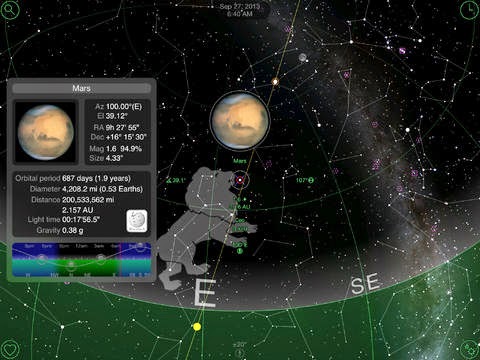Late summer is one of the best times of year to observe the full brilliance of our home galaxy, the Milky Way.
The Milky Way used to be visible on every clear, moonless night, everywhere in the world. Today, however, most people live in places where it's impossible to see the Milky Way because of overall light contamination caused by lights left on all night long. Seeing the Milky Way requires a special effort for most people, but it's well worth the effort.
To see the Milky Way, you'll need to travel far from any city, to a rural area. Even in a rural farming country, there are still a lot of bright lighting fixtures that wipe out the night sky. I am fortunate to live in a dark area on Cape Cod where there are no street lights of any kind to hinder my view of our galaxy.
The clearest skies appear just after a cold front passes through. This time of the year in September, this happens more often. Even then, you need to spend some time under a dark sky before your eyes become fully adapted to the darkness. It takes about 15 to 20 minutes for human eyes to become fully sensitive to faint light.
What does the Milky Way look like? Not like any of the photographs you see online because those are made with cameras that accumulate light in ways the human eye cannot. What you will see is a faint, whitish glow, stretching in a huge arc from the southern to the northeastern horizon. It has a mottled effect, kind of like a fluffy cloud. There are brighter areas, especially down toward the core of the galaxy in the southern part of the sky. There are also darker patches, where nearby clouds of interstellar dust block the light from beyond.
The most obvious of these dark nebulae is the Northern "Coal Sack", just below and to the right of the bright star Deneb in the constellation Cygnus. Just below Deneb is one of the brightest parts of the northern Milky Way, worth examining with binoculars. This is the North America Nebula, famous in pictures for its resemblance to the continent of North America. Under a very dark sky seeing with my 9x63 Orion astronomy binoculars, I am just able to see the "continent" feature.
One thing you won't see in the Milky Way, either in binoculars or with the naked eye, is any color. Images register the reddish glow of hydrogen gas, but the light is too faint to trigger the color receptors in the human eye, so all you'll see are shades of grey.
In the northern range of the Milky Way's arc, you'll see the constellations Cassiopeia and Perseus. When you look in that direction, you're looking outward from the spot within the disk of the Milky Way toward its outer edge, and the stars are far less dense than when you look inward toward Sagittarius.
On a clear dark night, it's easy to see the grand sweep of the Milky Way galaxy and discover all of the deep-sky treasures it possesses.
Read More
The Milky Way used to be visible on every clear, moonless night, everywhere in the world. Today, however, most people live in places where it's impossible to see the Milky Way because of overall light contamination caused by lights left on all night long. Seeing the Milky Way requires a special effort for most people, but it's well worth the effort.
 |
Milky Way with North America Nebula and Comet Hale-Bopp Image by Michael Petrasko,
Muir Evenden and Tom Lucia
|
The clearest skies appear just after a cold front passes through. This time of the year in September, this happens more often. Even then, you need to spend some time under a dark sky before your eyes become fully adapted to the darkness. It takes about 15 to 20 minutes for human eyes to become fully sensitive to faint light.
What does the Milky Way look like? Not like any of the photographs you see online because those are made with cameras that accumulate light in ways the human eye cannot. What you will see is a faint, whitish glow, stretching in a huge arc from the southern to the northeastern horizon. It has a mottled effect, kind of like a fluffy cloud. There are brighter areas, especially down toward the core of the galaxy in the southern part of the sky. There are also darker patches, where nearby clouds of interstellar dust block the light from beyond.
 |
| Orion 9x63 Mini Giant Astronomy Binoculars |
The most obvious of these dark nebulae is the Northern "Coal Sack", just below and to the right of the bright star Deneb in the constellation Cygnus. Just below Deneb is one of the brightest parts of the northern Milky Way, worth examining with binoculars. This is the North America Nebula, famous in pictures for its resemblance to the continent of North America. Under a very dark sky seeing with my 9x63 Orion astronomy binoculars, I am just able to see the "continent" feature.
One thing you won't see in the Milky Way, either in binoculars or with the naked eye, is any color. Images register the reddish glow of hydrogen gas, but the light is too faint to trigger the color receptors in the human eye, so all you'll see are shades of grey.
In the northern range of the Milky Way's arc, you'll see the constellations Cassiopeia and Perseus. When you look in that direction, you're looking outward from the spot within the disk of the Milky Way toward its outer edge, and the stars are far less dense than when you look inward toward Sagittarius.
On a clear dark night, it's easy to see the grand sweep of the Milky Way galaxy and discover all of the deep-sky treasures it possesses.







